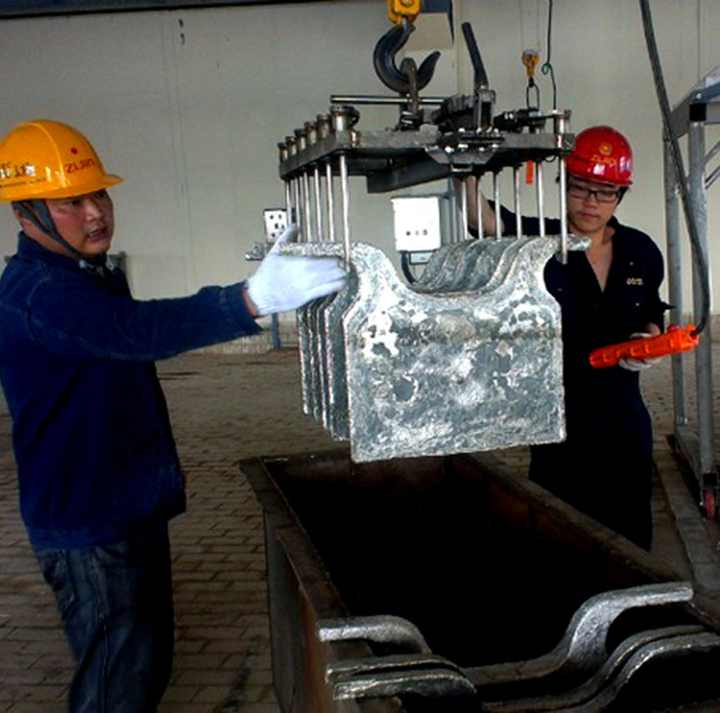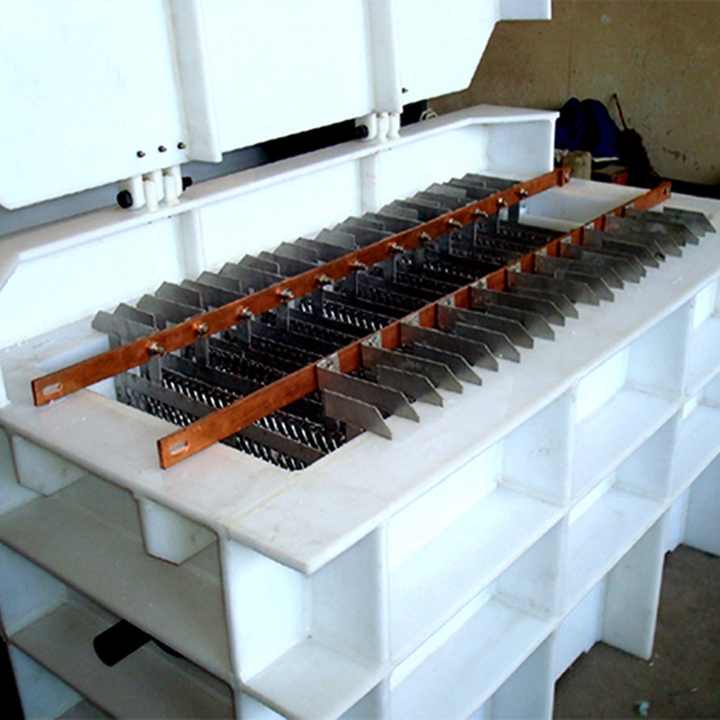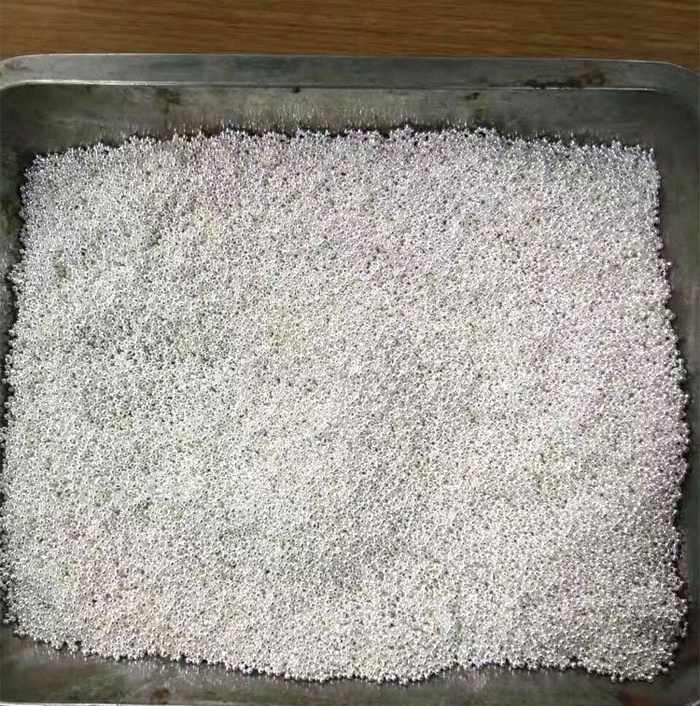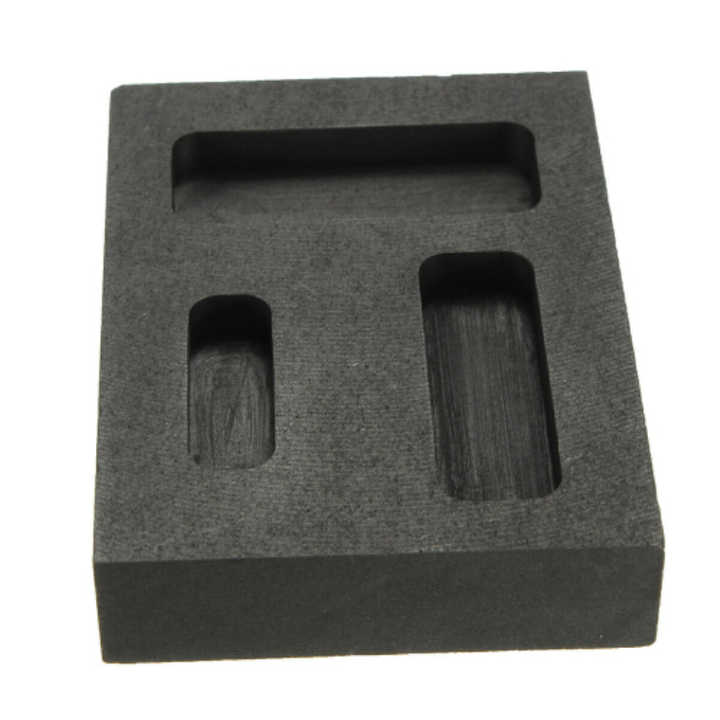process of refining silver with fire



The Process of Refining Silver with Fire A Detailed Overview
The process of refining silver with fire is a traditional yet highly effective method for purifying silver ores and scrap. This method involves heating silver to high temperatures to separate impurities, resulting in a purer form of silver. Understanding this process is crucial for those involved in silver mining, jewelry making, or metal recovery. This article provides a comprehensive look at the process of refining silver with fire, highlighting its steps, benefits, and considerations.
Understanding the Basics of Silver Refining
Refining silver with fire, also known as fire assay or smelting, is an ancient technique used to purify silver. The process involves heating silver ores or scrap in a furnace to temperatures that melt the metal. During this high-temperature treatment, impurities are separated from the pure silver, which then solidifies into a refined form. This method is favored for its efficiency and effectiveness in achieving high purity levels.
The Steps Involved in Refining Silver with Fire
Preparing the Silver
The first step in the process of refining silver with fire is preparing the silver ore or scrap. This involves crushing and grinding the material to increase its surface area, making it easier to work with. If refining scrap silver, it may be cleaned and sorted to remove non-silver materials.
Flux Addition
Once the silver is prepared, fluxes are added to the material. Fluxes are chemical compounds that help in separating impurities from the silver. Common fluxes include borax, soda ash, and lead. These substances help to lower the melting point of the silver and promote the formation of a slag—a waste material that contains the impurities separated from the silver.
Heating and Melting
The prepared silver and flux mixture is then placed in a furnace. The furnace is heated to temperatures typically between 1,200 and 1,500 degrees Celsius (2,192 to 2,732 degrees Fahrenheit). At these high temperatures, the silver melts, and the flux helps to separate impurities into a slag layer that floats on top of the molten silver.
Separation and Collection
After melting, the slag is removed from the surface of the molten silver. This slag contains the separated impurities and is discarded. The remaining molten silver is then poured into molds to cool and solidify. The result is a refined silver product with a higher purity level.
Final Purification
In some cases, additional refining steps may be necessary to achieve the desired purity. This can include further melting and flux addition or employing other refining techniques such as electrolysis. The final product is tested for purity to ensure it meets industry standards.

Benefits of Refining Silver with Fire
The process of refining silver with fire offers several advantages. It is a well-established method known for its ability to produce high-purity silver. The use of fluxes and high temperatures ensures effective separation of impurities, resulting in a cleaner end product.
Additionally, fire refining is a versatile method that can be applied to various types of silver materials, including ores and scrap. This adaptability makes it a valuable technique for different industries, from mining to jewelry manufacturing.

Environmental and Safety Considerations
While effective, the process of refining silver with fire involves handling high temperatures and potentially hazardous chemicals. Proper safety measures must be in place to protect workers and the environment. This includes using appropriate personal protective equipment, ensuring proper ventilation, and managing waste materials responsibly.
Modern refining facilities often employ advanced technologies to minimize environmental impact. This includes the use of improved filtration systems to capture harmful emissions and recycling practices to manage waste materials.
Innovations and Advances in Silver Refining
The traditional process of refining silver with fire continues to evolve with advancements in technology. New techniques and equipment are being developed to enhance efficiency, reduce environmental impact, and improve safety. Innovations such as improved flux formulations and automated furnaces contribute to more precise and sustainable refining processes.
The process of refining silver with fire remains a cornerstone of silver purification, combining tradition with modern technology to achieve high-purity results. By understanding and utilizing this method, industries can ensure the quality and value of their silver products. As technology continues to advance, the refining process will become even more efficient and environmentally friendly, continuing to support various applications and industries around the world.















